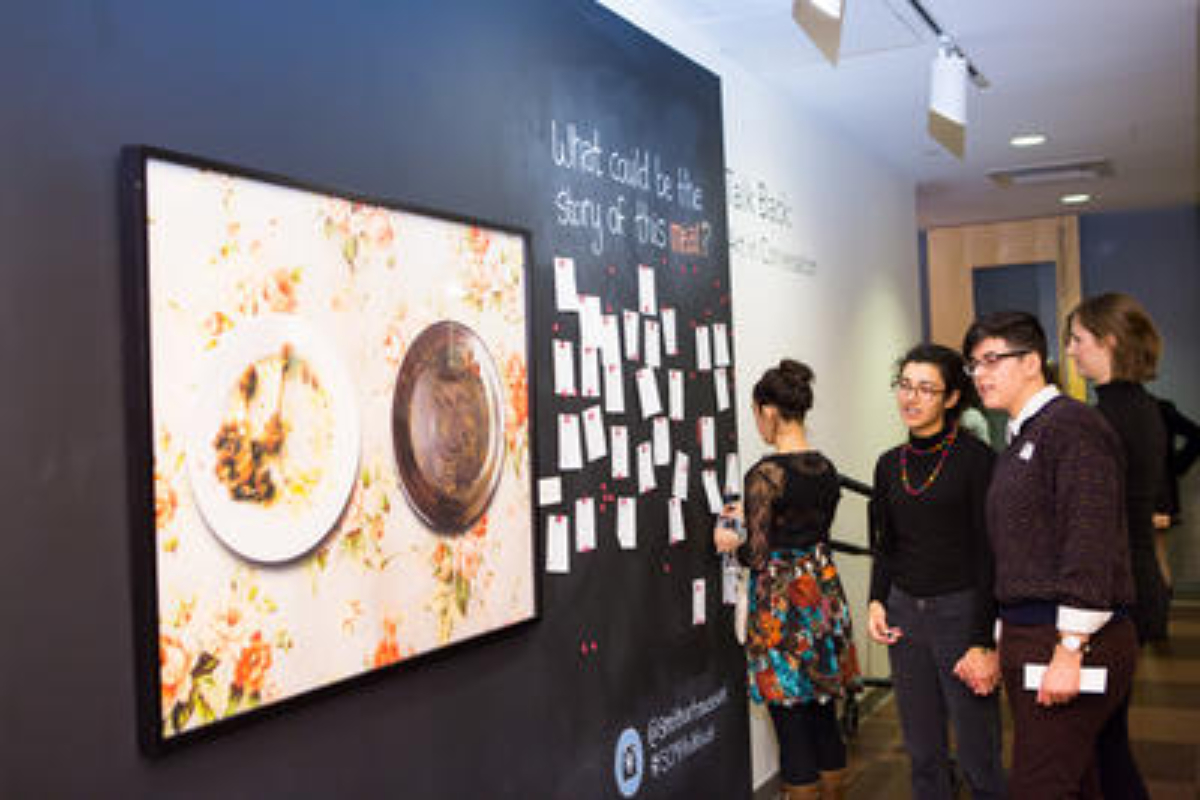
Making Space to Talk Back
Guest blogger Emma Cantrell is the Brown Post-Baccalaureate Fellow in Museum Education.
The new “Talk Back: Art in Conversation” space – conceptualized and overseen by the museum’s Education department – was developed as an opportunity for focused engagement and interaction with art from SCMA’s extensive collection of works on paper. This newly defined area at the heart of the lower level features a rotating work of art accompanied by a question, inviting people of all ages to post a response on the adjacent wall. Through this short and simple prompt, “Talk Back” invites visitors into dialogue – with each other, with the art, and with the museum.The artworks that populate the space are selected from the Museum’s extensive collection of works on paper. With the help of Aprile Gallant (Curator, Prints, Drawings, and Photographs), the Education team has chosen 3 diverse artworks in the first year of rotations for the space.
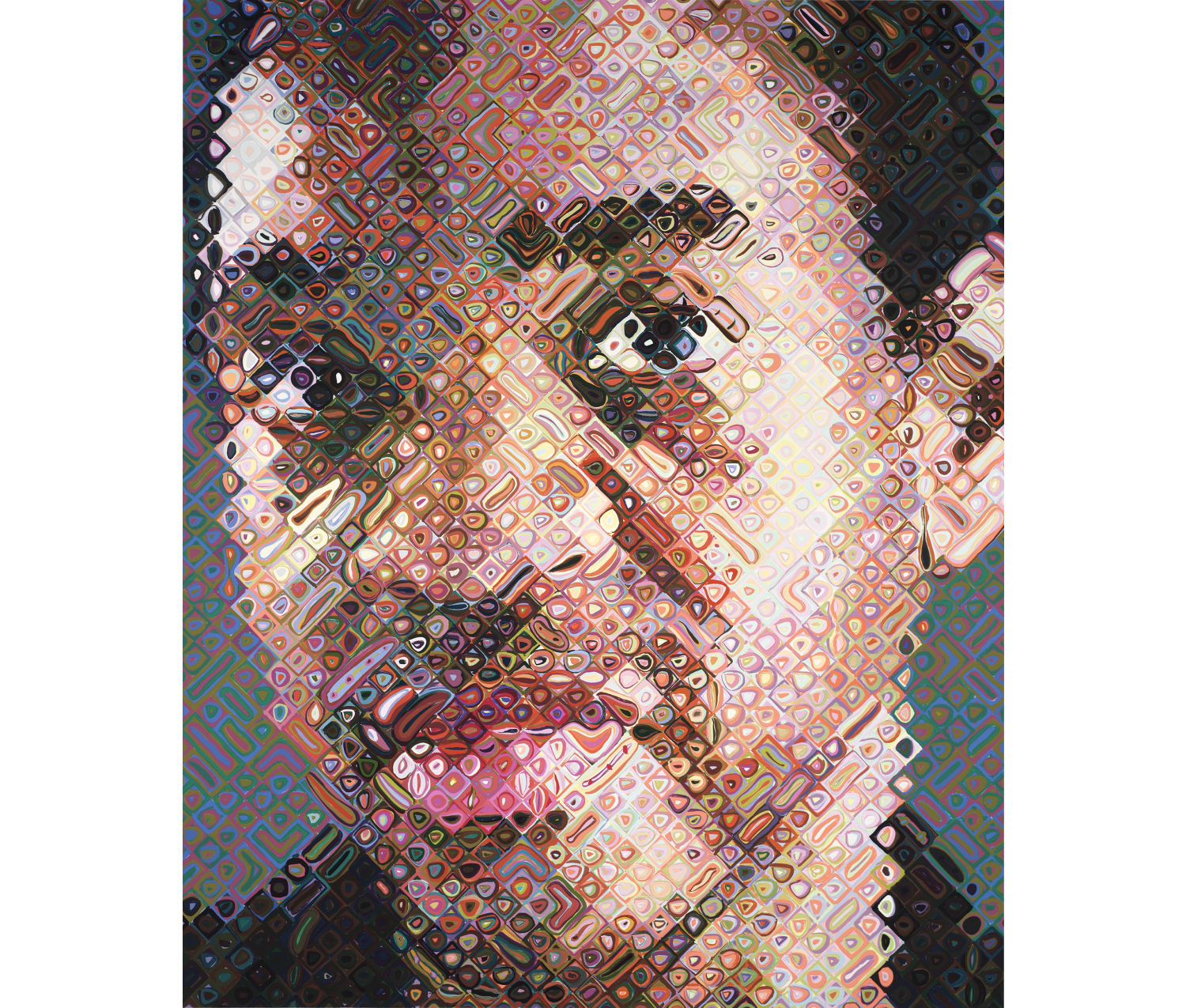
Chuck Close. American, born 1940. Lyle, 2003. 147 color silkscreen on paper. Gift of the artist and Pace Editions, Inc. SC 2003.10.
For the Education team, it was important that the artwork selected and the accompanying questions in “Talk Back” generate open-ended inquiry into both the object itself and the visitor’s relationship with the content of the work. For example, the first artwork displayed was Chuck Close’s Lyle, a enormous portrait of the artist Lyle Ashton Harris. To explore this spectacular 147 color silkscreen, we asked visitors to imagine connecting with the subject with the prompt “If I could ask or tell Lyle anything, I would say…”
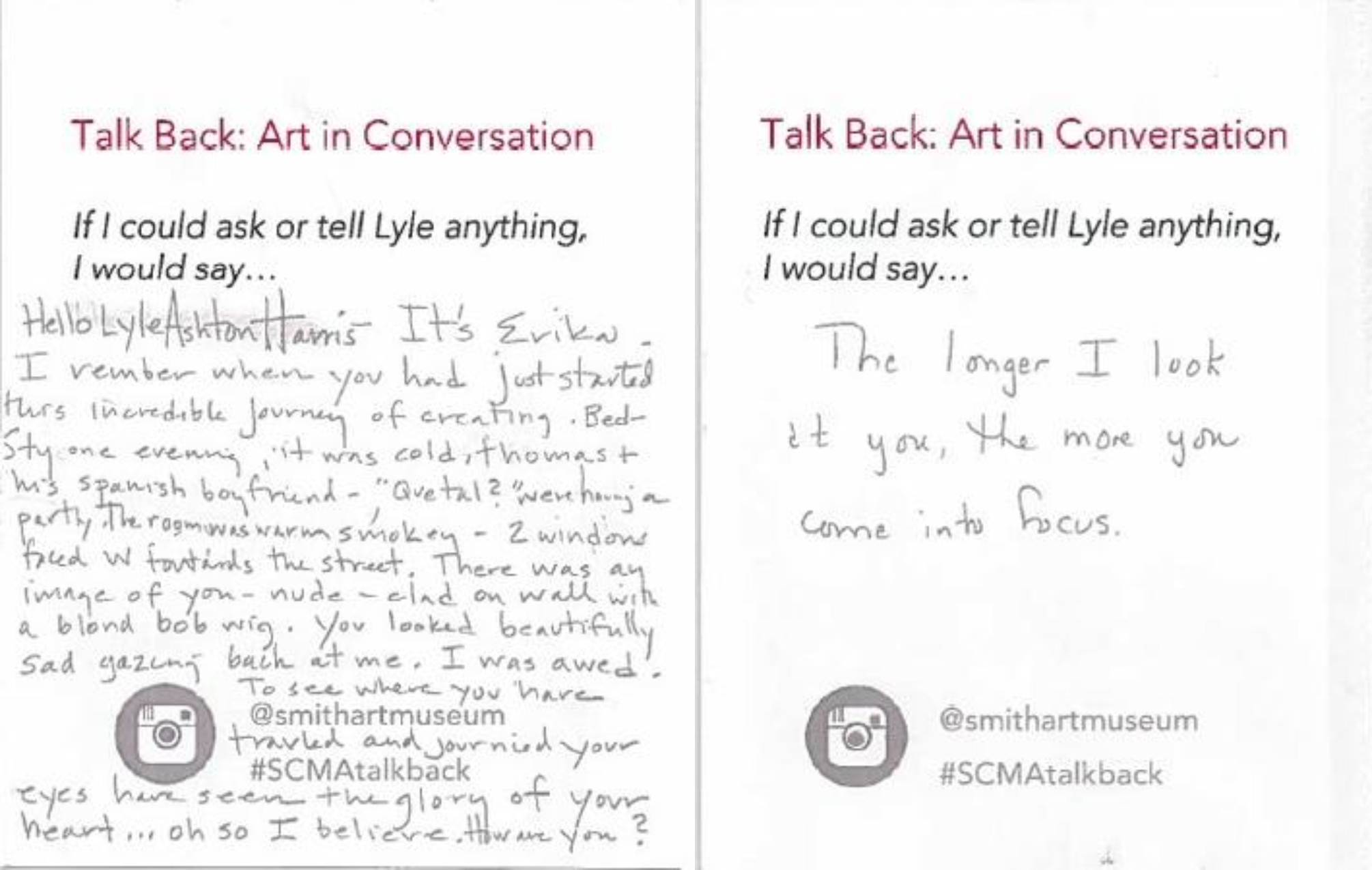
Talk Back responses
As you can see, participation in “Talk Back: Art in Conversation” has been bountiful and diverse. Responses include writing, as short as one word and as long as a paragraph. Visitors young and old have also responded with drawings, which are used alone or to emphasize a written point. Some participants answer the prompt directly, others respond to a neighbor’s answers, and other responses are seemingly unrelated to the conversation at hand – perhaps just the record of a visitor's time in the Museum. One thing is for certain; visitors are eager to talk back.
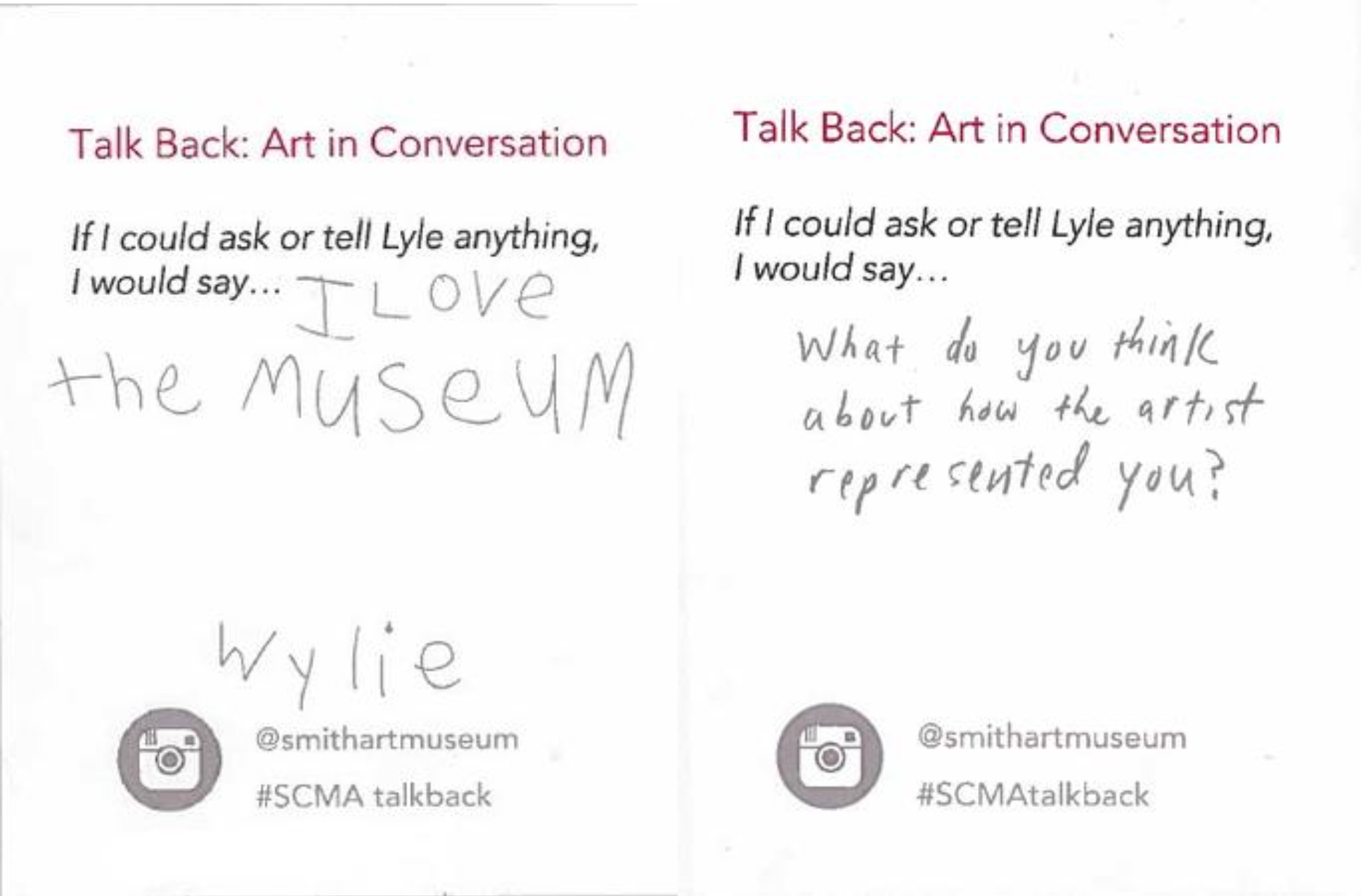
Talk Back responses
Going forward, “Talk Back” will continue to be an open-ended, participatory space for visitors to engage with works on paper. Flexible and frequently changing, Talk Back can grow and adapt to meet the needs of our visitors, and to explore what it means to be in dialogue with a work of art and with a museum. This week, we posed a new question for Sandy Skoglund’s Squirrels at the Drive-In, in hopes of exploring the visitors’ relationship with the content of this unusual photograph. We hope that the next time you are on the lower level, you will stop by to see what is on view, notice the diverse visitor responses, and to join in the conversation by telling us your squirrel story!
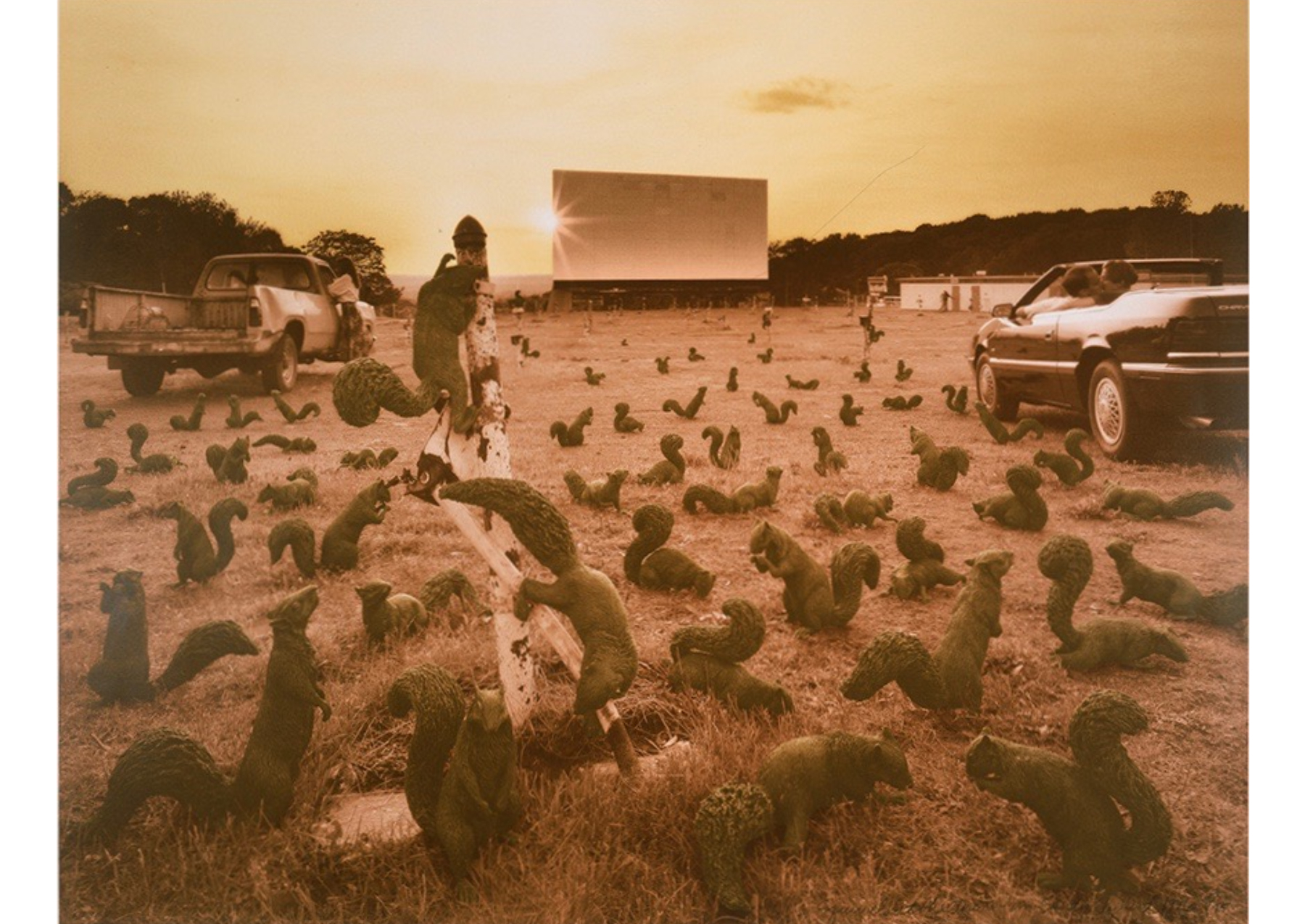
Sandy Skoglund. American, born 1946. Squirrels at the Drive-In, 1996. Photolithograph printed in color on Ragote paper. Gift of Rita Rich Fraad (Rita Rich), class of 1937. SC 1997.23.